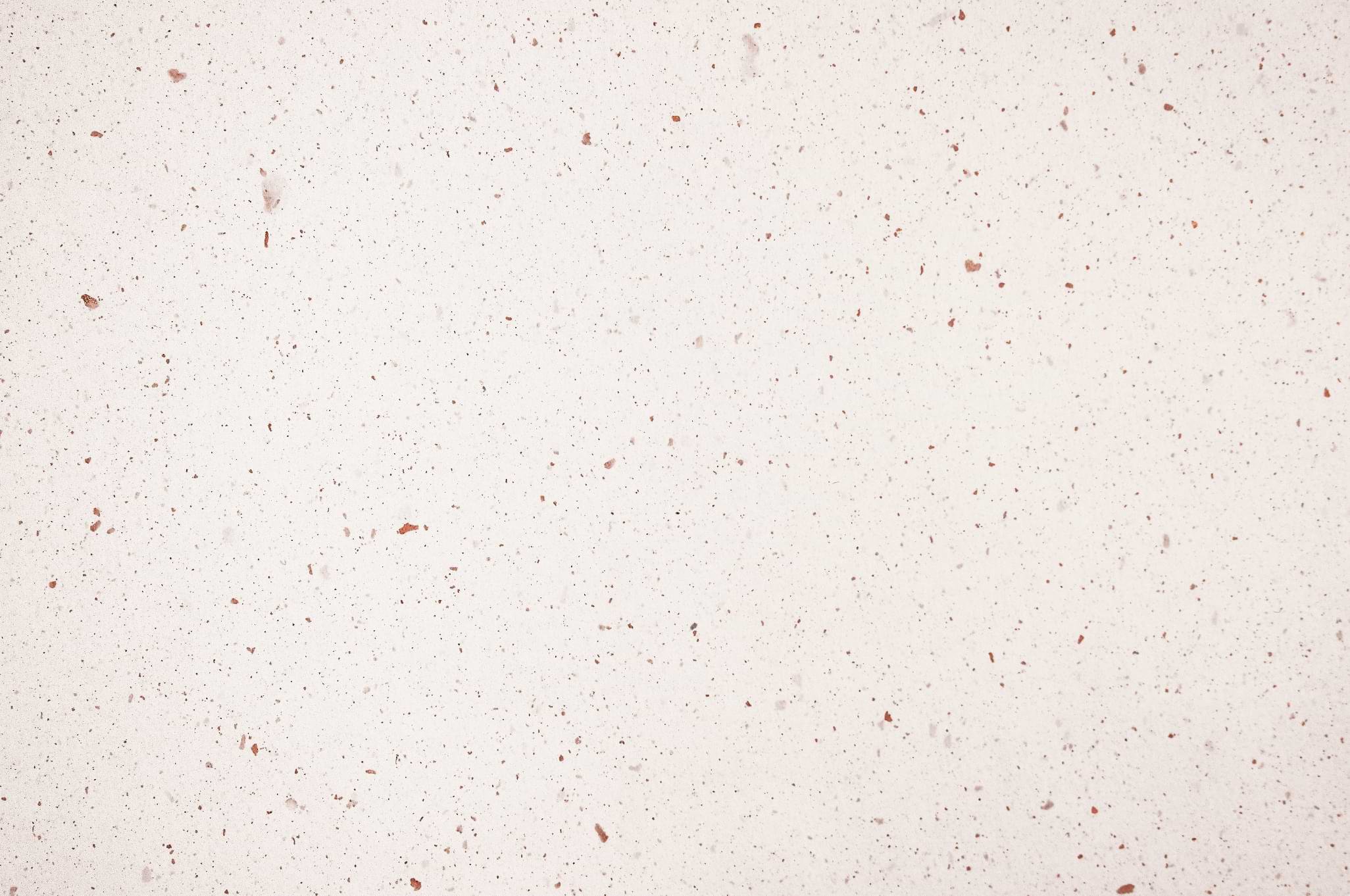
About us
Behind Thai Lanna lies the meeting of two women who share a love of Thai culture: Jarunee and Camille.
Jarunee, who grew up in Thailand, learned Thai massage from an early age, making it an integral part of her culture. On her arrival in Montreal, she met a teacher who inspired her (Mr Kam Thye Chow, founder of the Lotus Palm school) and in 2008 founded her own center, which she calls Lanna Thaï Massage.
In 2019 Jarunee moves back to her native country, leaving her place in the hands of Camille.
Passionate about Thai culture and a graduate of the Lotus Palm Institute, it was with Jarunee that Camille was able to deepen her knowledge of her practice. During her travels, she discovered the meaning of this practice and was inspired to learn this traditional knowledge. She is honoured to continue the mission of Thai Lanna.
Our mission: to offer a warm, sober space where people can recharge their batteries for a compassionate massage.

What does Thai Lanna mean?
Lanna Thai is a region, a people, a language, a meaning and refers mainly to the period between 1259 and 1558. The Northern Thai people, or Tai Yuan, were known as the "people of the (cultivated) lands" and constitute the majority population of eight northern provinces.
In the middle of the 13th century, under the reign of King Mengrai, northern Thailand became the kingdom of Lanna, meaning "the land of a million rice paddies", with the city of Chiang Mai as its monarchic seat of power.
Today, the term Lanna Thai refers to this region and the authentic Nordic style also known as the Buntautuk or Old Medicine Hospital style.
The history of traditional Thai massage Nuad Thai
Inscribed in 2019 on the Representative List of the Intangible Cultural Heritage of Humanity - UNESCO Nuad thai, traditional Thai massage, is considered part of the art, science and culture of traditional Thai healing.
As a non-medical remedy and manual therapy, it involves bodily manipulation during which the practitioner helps to rebalance the patient's energies, structure and body in order to treat ailments attributed to obstructed energy flows along the "sen", lines that supposedly criss-cross the human body.
The aim of this manipulation is to regulate the body's four elements: earth, water, wind and fire. To open up blocked pathways, nuad thai therapists perform a series of manipulations using hands, elbows, knees and feet, combined with warm herbal compresses to reduce inflammation.
Nuad thai currently falls into two main categories: therapeutic nuad thai and health-promoting nuad thai.
The origins of nuad thai lie in the personal treatments applied in the past by Thai peasant society. In those days, every village had a masseur-healer whom villagers consulted for muscular problems caused by working in the fields.
Over time, this experience evolved into a formal knowledge system, and nuad thai is now an income-generating profession. In 1985, the Thai Massage Revitalization Project was launched to revitalize and improve knowledge of nuad thai, and an initiative was also taken to form an alliance of nuad thai practitioners who meet annually.
The alliance is called the World Nuad Thai and Spa Association. Founded in Switzerland in 2021, this alliance aims to promote the UNESCO-recognized Nuad Thai massage worldwide. The organization represents the Nuad Thai massage and spa community in 11+ countries, including Canada.




